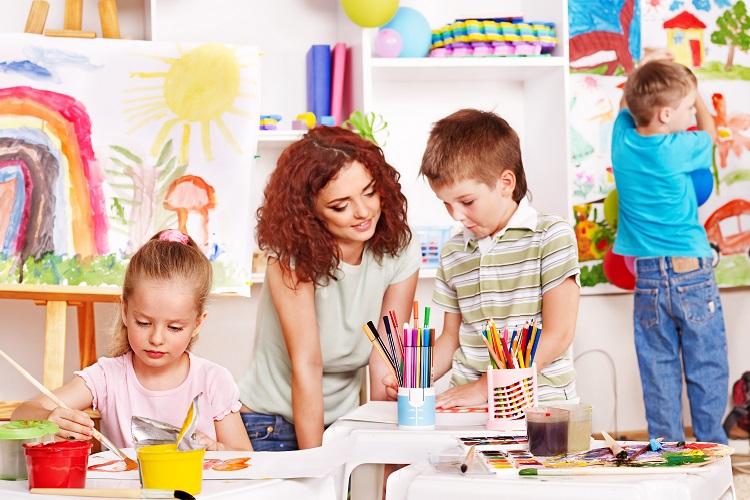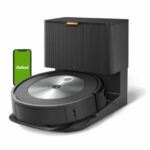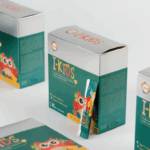In today’s challenging world, having a high IQ no longer guarantees success. A well-rounded individual comes from a background where he is loved, knows how to love and has a balance of intellectual and emotional intelligence. That’s where the Right Brain Education (RBE) comes in to realise a child’s highest potential. What exactly does RBE do? Lee Shen-Li investigates.
Table of Contents
What is it?
In the 1960s, Dr Roger Sperry performed split-brain experiments revealing distinct differences between the left and right hemispheres of the brain. His findings inspired new techniques for developing the brain by tapping into both sides of the brain to utilise their unique potential strengths. Individuals such as Tony Buzzan and Edward de Bono came up with new educational methods.
At about the same time, physical therapist Glenn Doman discovered that specific movements helped stimulate brain development. He applied what he had learned to brain-injured children and discovered that he could help these children catch up in development to their “normal” peers. He then applied the same methods with “normal” children and witnessed amazing results. These methods evolved into an accelerated program for teaching children to read, do math, develop encyclopaedic knowledge and be physically superb from infancy.
When Makoto Shichida, a Japanese professor in education heard about these developmental techniques, he began to apply them on very young children through child-friendly methods. These children began to develop at an amazing rate, revealing enhanced abilities. These methods were so successful with young children that a school was eventually formed to teach the Shichida Method. From there, other schools followed quickly – Heguru (HEGL) and Right Brain Kids (TweedleWink/Wink).
8 Purposes of RBE
1. Develop a loving relationship between parent and child
It is important to foster a loving relationship between parent and child because the right brain abilities can only be reached when the child feels loved. When there is discord and disharmony, especially between parent and child, learning problems emerge and the pathway to the right brain closes. Focusing on developing the relationship between parent and child not only facilitates learning, it also helps to strengthen the family unit.
2. Develop right brain senses
Touch, taste, smell, hearing and sight are all considered left brain senses. Similarly, the right brain also has its own set of senses which Professor Makoto Shichida referred to as “HSP” or Heightened Sensory Perception. RBE helps to develop the right brain senses to enhance the individual’s intuition and perception.
3. Enlarge brain capacity
HEGL states that the brain is like a cup – it can only hold so much information before it begins to overflow. Therefore, the fundamental step before knowledge acquisition is to increase the brain’s container. Current educational programs focus only on knowledge acquisition. RBE, focuses on enlarging the brain’s capacity first so that it is capable of storing even more information.
4. Make learning easy and fun
The human brain has abilities that surpass the capabilities of any computer ever designed by man. Unfortunately, most individuals are not always able to tap into these abilities. RBE helps children to utilise their brain’s full potential at will so that learning becomes easy and enjoyable.
5. Input knowledge
RBE helps to create a library of information in the right brain that can be accessed at any time by children who have effectively developed the connection between the left and right brains.
6. Enhance left and right brain connection
Developing only the right brain does not create genius. It is the combination of the left and right hemispheres functioning together as one seamless unit that produces genius. In order for an individual to utilise their whole brain effectively, the connection between the left and right hemispheres must be properly developed to facilitate communication between the two halves.
7. Develop creativity
Information that is memorised using left brain pathways relies on muscle memory. It requires considerable repetition in order for the information to be stored. RBE not only helps children remember new information more easily and completely, it also helps them to use that information creatively.
8. Help children discover their genius potential
Children who are able to learn effortlessly have more time to explore the world around them. This enables them to discover and develop their individual passions free from the distraction of arduous learning. For example, these children spend less time studying material taught at school so they are able to pursue personal areas of interests instead of having to attend tuition classes after school. Their heightened senses, developed through RBE, and their increased confidence allows them to pursue any course they desire.
Benefits
RBE enhances a child’s learning ability. Individuals who have been through RBE in childhood have demonstrated the ability to absorb new information quickly and easily. These individuals are also well-adjusted, confident and very successful in the various pursuits they have undertaken, be it in sports, music, academics, or with any other aspect of their lives.
In a nutshell, right brain kids can develop any combination of the following abilities and characteristics following their individual inclinations:
• photographic memory
• speed reading capability
• highly creative and imaginative
• superior intellect
• superb linguistic skills
• perfect pitch
• extraordinarily intuitive
• exceptional sporting skills
• music brilliance
• able to perform computer-like calculations
• charming personality
















